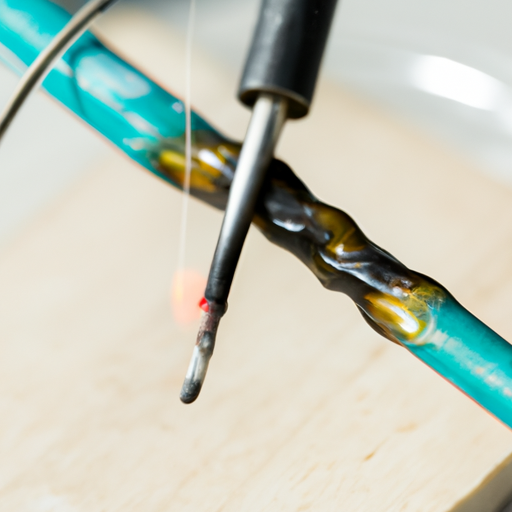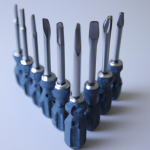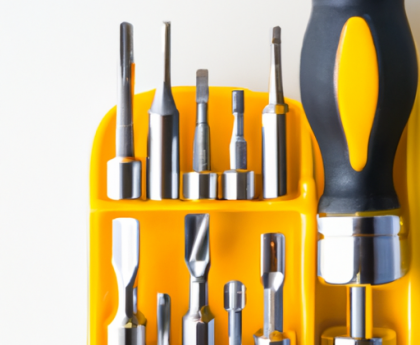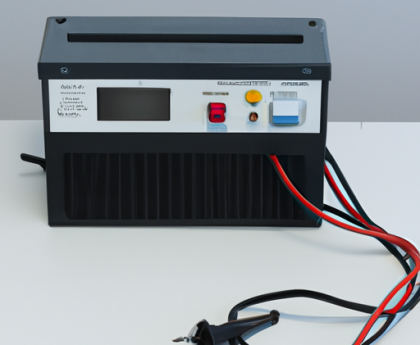“The secret to a strong connection: Soldering Flux!”
Introduction
Soldering flux is a material used in the soldering process to help create a strong bond between two metals. It is a paste or liquid that is applied to the surface of the metal before the soldering process begins. The flux helps to remove any oxidation or dirt from the surface of the metal, which can prevent the solder from forming a strong bond. It also helps to reduce the surface tension of the solder, allowing it to flow more easily and form a stronger bond. Soldering flux is an essential part of the soldering process and is used in a variety of applications, from electronics to plumbing.
What is Soldering Flux and How Does it Work?
Soldering flux is a chemical compound used in the soldering process to help create a strong bond between two metals. It is applied to the metals before the soldering process begins and helps to remove any oxidation or impurities that may be present on the surface of the metals. This helps to ensure that the solder will adhere properly and create a strong bond.
Soldering flux works by creating a chemical reaction between the metals and the flux. The flux helps to break down the oxide layer on the surface of the metals, allowing the solder to bond more easily. The flux also helps to reduce the surface tension of the metals, allowing the solder to flow more easily and create a stronger bond.
The type of flux used in the soldering process depends on the type of metals being soldered. Different fluxes are designed to work with different metals, so it is important to use the correct flux for the job. In addition, the flux must be applied correctly in order to ensure that the solder will adhere properly and create a strong bond.
In conclusion, soldering flux is an important part of the soldering process. It helps to ensure that the solder will adhere properly and create a strong bond between two metals. It is important to use the correct flux for the job and to apply it correctly in order to ensure that the solder will adhere properly and create a strong bond.
Different Types of Soldering Flux and Their Uses
Soldering flux is a material used in the soldering process to help create a strong bond between two metals. It is a chemical compound that helps to remove oxidation from the surfaces of the metals, allowing them to form a strong bond. Flux also helps to reduce the surface tension of the molten solder, allowing it to flow more easily and create a stronger bond.
There are several different types of soldering flux available, each with its own unique properties and uses. The most common types of flux are rosin-based, water-soluble, and no-clean flux.
Rosin-based flux is the most commonly used type of flux. It is made from a combination of rosin and alcohol, and is used for general soldering applications. It is easy to use and provides good protection against oxidation.
Water-soluble flux is a type of flux that is designed to be used in water-based soldering applications. It is made from a combination of water and alcohol, and is designed to be used in applications where the solder needs to be cleaned off after the soldering process is complete.
No-clean flux is a type of flux that does not require any cleaning after the soldering process is complete. It is made from a combination of alcohol and other chemicals, and is designed to be used in applications where the solder does not need to be cleaned off.
Each type of flux has its own unique properties and uses, and it is important to choose the right type of flux for the job. Depending on the application, one type of flux may be better suited than another. It is important to read the instructions carefully and choose the right type of flux for the job.
The Benefits of Using Soldering Flux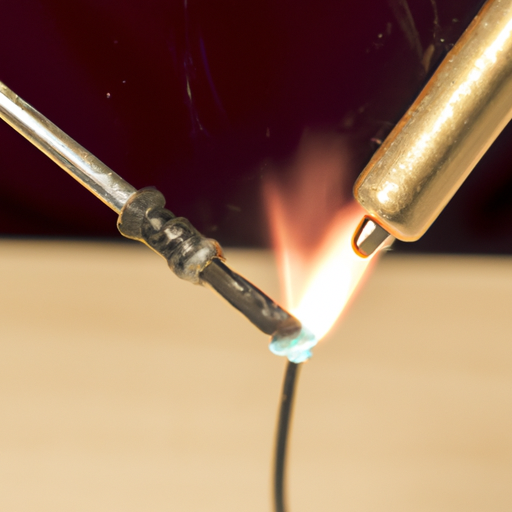
Soldering flux is a key component of the soldering process, and its use is essential for successful soldering. Soldering flux is a chemical compound that helps to clean the surfaces of the metals being soldered and to promote the flow of solder. It also helps to prevent oxidation of the metals, which can cause the solder to not adhere properly.
The primary benefit of using soldering flux is that it helps to ensure a strong bond between the metals being soldered. The flux helps to remove any oxidation or other contaminants that may be present on the surfaces of the metals, which can prevent the solder from adhering properly. The flux also helps to promote the flow of the solder, which helps to ensure a strong bond between the metals.
Another benefit of using soldering flux is that it helps to reduce the amount of heat required for the soldering process. The flux helps to reduce the surface tension of the metals, which allows the solder to flow more easily and with less heat. This helps to reduce the risk of overheating the metals, which can cause damage to the metals or the solder.
Finally, soldering flux helps to protect the metals from oxidation. Oxidation can cause the solder to not adhere properly, and can also cause corrosion of the metals. The flux helps to prevent oxidation by forming a protective layer on the metals, which helps to protect them from oxidation.
In conclusion, soldering flux is an essential component of the soldering process, and its use is essential for successful soldering. The flux helps to ensure a strong bond between the metals being soldered, reduce the amount of heat required for the soldering process, and protect the metals from oxidation. For these reasons, it is important to use soldering flux when soldering metals.
How to Choose the Right Soldering Flux for Your Project
Soldering flux is an essential component of any soldering project. It helps to ensure a strong bond between two metals and prevents oxidation of the metals during the soldering process. Choosing the right flux for your project is important to ensure a successful outcome.
When selecting a soldering flux, the first step is to determine the type of metals you are working with. Different fluxes are designed for different metals, so it is important to select the flux that is compatible with the metals you are using. For example, fluxes designed for use with copper and brass are not suitable for use with aluminum or stainless steel.
The next step is to consider the type of soldering you are doing. Different fluxes are designed for different soldering techniques, such as brazing, soldering, and welding. For example, fluxes designed for brazing are not suitable for soldering.
Finally, consider the environment in which you are working. Different fluxes are designed for different environments, such as high-temperature or low-temperature applications. For example, fluxes designed for use in high-temperature applications are not suitable for use in low-temperature applications.
By taking the time to consider the type of metals, soldering technique, and environment, you can ensure that you select the right flux for your project. This will help to ensure a successful outcome and a strong bond between the two metals.
Tips and Tricks for Working with Soldering Flux
1. Always wear safety glasses and gloves when working with soldering flux.
2. Make sure to use the right type of flux for the job. Different fluxes are designed for different types of soldering.
3. Clean the surfaces to be soldered with a flux remover before applying the flux. This will help ensure a strong bond.
4. Apply the flux sparingly. Too much flux can cause problems with the soldering process.
5. Use a flux brush to apply the flux. This will help ensure an even application.
6. Heat the soldering iron to the correct temperature for the job. Too much heat can damage the components.
7. Use a damp sponge to clean the soldering iron tip after each use. This will help keep the tip clean and free of flux residue.
8. Store the flux in a cool, dry place. Exposure to moisture can cause the flux to become ineffective.
9. Dispose of used flux properly. Flux can be corrosive and should not be disposed of in the regular trash.
10. Follow all safety instructions when working with soldering flux. This will help ensure a safe and successful soldering job.

